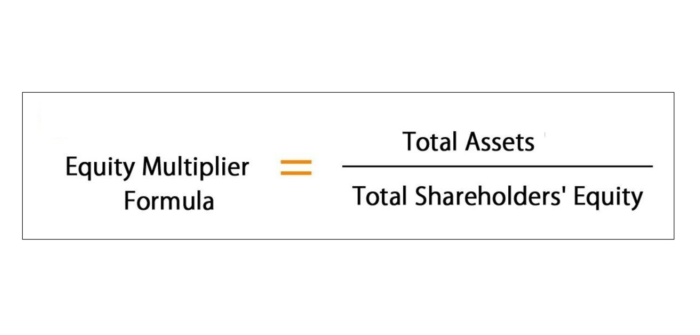It would contain a detailed list of all parts required to bring the new product to market. The EBOM is also used by planners, purchasing, and finance to trigger purchases for materials from existing vendors or to source vendors for new materials. They may also include drawings for new parts that will become standard in the manufacturing bill of materials. Not having a BOM, or having an inaccurate BOM, can lead to waste, inefficiency, and errors.
These might include an explanation about open issues before formal changes are released, for example. The BOM would contain material type, weave configuration, cutting, and sewing instructions as well as labeling instructions and could be used repeatedly https://personal-accounting.org/what-is-a-bom/ for small and large volumes of the same type of jeans. It is also recommended to use a BOM software for creating and managing your BOMs. Once you move onto an MBOM, you’ll find that you’ll still need to update your bill of materials from time to time.
How does inventory management software help businesses create BOMs?
Having an effective BOM systemizes a lot of tasks to improve
accuracy and efficiency. Without a BOM,
manufacturing operations must create workarounds to determine valuable
information related to production and assembly. An accurate and effective BOM streamlines the production process by
providing a roadmap or recipe for each finished good, freeing up valuable
hourly and management time to commit to the process of production.
This allows the bill of materials to be an accurate purchasing asset and help establish safety stock and reorder points. BOMs kept in inefficient Excel spreadsheets can easily be plagued with problems and must be constantly updated manually, which will take up much of your resources. Not only does it waste time, but it can also mean that key business decisions are made based on inaccurate data. Although simplicity can sometimes be best, a single-level BOM may not be suitable for more complex products.
What Should Be Included in a BOM?
Consider the cable that comes with new iPhones, commonly called a “charging cable.” There are now several kinds, sizes, and lengths. Delivering the wrong cable with an iPhone or some third-party accessory, would leave frustrated customers asking for refunds. Like a manufacturing BOM, a configurable BOM (also called a Matrix BOM, a BOM with parameters, or simply a product configurator) is a guide to producing a finished good. However, many manufacturing companies produce the same product in a variety of sizes, colors, or other parameters.
What is BOM abbreviation in SAP?
Bill of Material (BOM) SAP Help Portal.
As a result, it is used in departments other than manufacturing, such as engineering, design, sales, material management and plant management. A BOM typically has a hierarchical structure with the finished end product at the top. It includes product codes, part descriptions, quantities, costs and additional specifications. Knowing the required BOM inventory levels, the process involved, and the time it takes to manufacture, results in timely and predictable delivery processes. By knowing how everything functions at every step along the way, you can ensure that each step happens on time when needed.
What is a Bill of Materials (BOM) and How Do You Create One?
It is also easy to assume that because a product is simple or consists of only a small number of components (or a single component), they are not necessary. What’s more, Sortly comes with a host of features that’ll speed up and simplify every other aspect of inventory management. There’s no shortage of ways Sortly can help your team stay organized, from barcode and QR code scanning to low-stock alerts.
- Finally, we’ll discuss how inventory management software can help your business track all the raw materials, components, and parts needed to manufacture finished goods and easily craft bills of materials.
- It is a list of the items needed to create a product as well as the instructions on how to assemble that product.
- BOMs help ensure third-party contract manufacturers are using efficient and accurate when production methods.
- This BOM will list the quantity and type of flour, the quantity and type of butter (or oil), the quantity of salt, etc.
A detail-rich description of a part, component or raw material can help reduce human error by differentiating parts that may look or sound alike. That’s especially true at larger companies where the manufacturers may not work alongside engineers or inventory specialists. From a more zoomed-out view, a bill of materials is a component of a manufacturer’s bill of resources (BOR)—an exhaustive list of all that’s required to create a finished good for sale, including labor.
A BOM is sometimes referred to as a product structure, assembly component list or production recipe (in process manufacturing industries). A bill of materials (BOM) is a comprehensive inventory of the raw materials, assemblies, subassemblies, parts and components, as well as the quantities of each needed to manufacture a product. In a nutshell, it is the complete list of all the items that are required to build a product. An engineering bill of materials is different from a manufacturing BOM, as it defines the design of a finished product.
- This allows the bill of materials to be an accurate purchasing asset and help establish safety stock and reorder points.
- Single-level BOMs may be used as the only guide for production in companies where the product is simple or where it contains few components or where no sub-processing is required downstream.
- BOMs kept in inefficient Excel spreadsheets can easily be plagued with problems and must be constantly updated manually, which will take up much of your resources.
- When creating your BOM, keep an eye out for the little things your team may have overlooked.
- Depending on the nature of the business and its partners, the list may include as many levels of detail as might be needed to produce, package, and support a specific product part as delivered to a customer.








